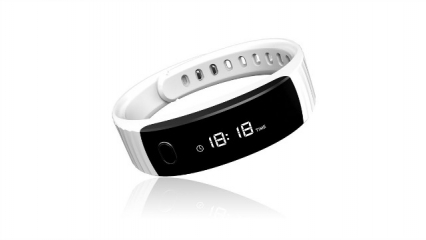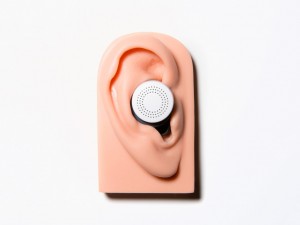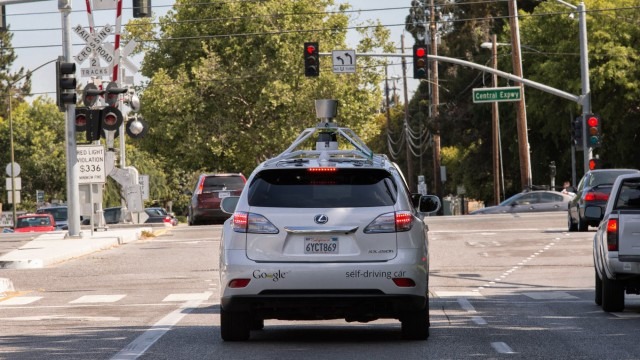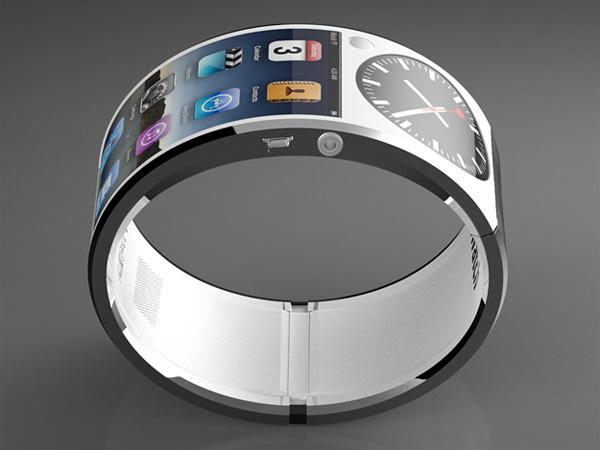
Sometime in the next 5 years the device will be essentially the same, but no longer called a “phone”. I expect a brand will be the new moniker, like Hoover or Band-Aid.
Your “smartphone” will be your digital conduit everywhere, but when you get home it will sit in a holster (or on a charging pad) by the front door.
It will be seamless paired with your home system, either because they are the same system, or because they are linked – either could happen depending on what the market gets to choose from.
Seamless – anything you were doing on your phone, and anything your phone knows, will already be in the home system. The trend towards this is already strong.
But here’s the twist – I envision a third device, a ring. It works within so many metres of your home. I’d like to think 100m, but technology will decide. It sends location and activity data, as well as recording sound, to your home base. This completes the picture.
It works where your phone doesn’t – swimming, sex, showering, sleeping.
Example – you take the dog for a walk and you encounter Mr Jones and his Chihuahua. You’ve left your phone on charge and are only popping out for 10 minutes…
- Your journey is recorded
- That you are with your dog is recorded (device in the collar)
- Your dogs behaviour is recorded (based on your ratings of past walks)
- Your interaction with Mr Jones and FiFi are recorded (FaceBook friends)
- If there is something urgent to attend to, your ring flashes and vibrates. You are only 100m away, false alarms are tolerable and sometimes welcome (a family member can trigger it)
- If you hold the ring to your ear it can talk?
When you are at a friend’s house the ring will also work within a set radius. Example – at a BBQ party with people who are mostly your FaceBook friends:
- Every physical interaction is recorded via GPS locations
- Every conversation is recorded via your ring
- You can replay the occasion, especially so if there are linked cameras at your friend’s home
Safeguard – anyone can set their ring to “do not record” and this is abided by friend’s devices and local cameras. Recording an evening would be considered risky and rewarding and uncommon.








